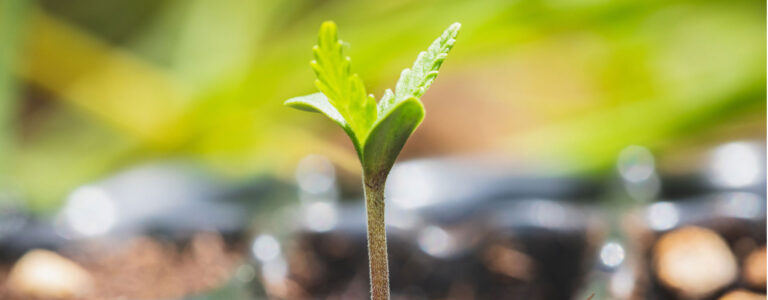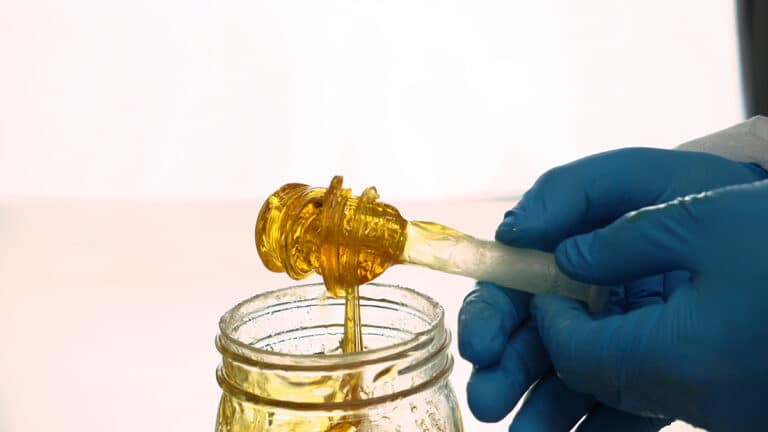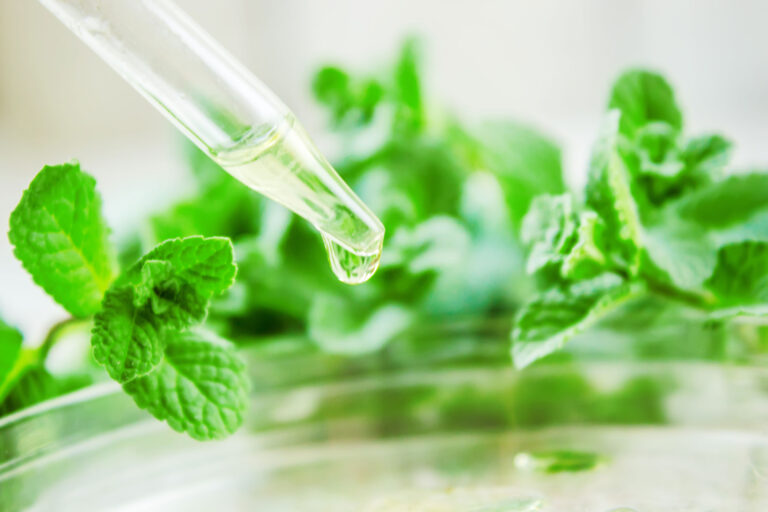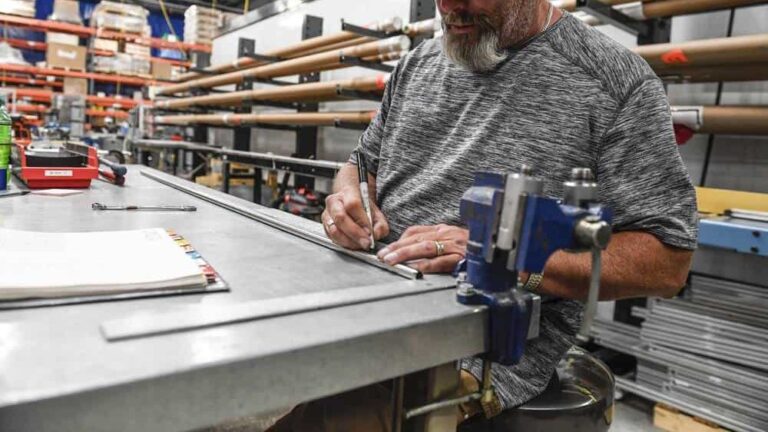A Comprehensive Guide to Decarboxylation
Overview
Decarboxylation is the key process that turns the naturally occurring cannabinoid acids in hemp and cannabis into active, beneficial compounds. Without it, cannabinoids like CBD or THC can’t deliver their full effects. This guide will explain decarboxylation, why it matters, how to perform it, and when to include it in your process.
What Is Decarboxylation of Cannabinoid Acids?
Before they’re heated, acidic cannabinoids like CBD and THC exist in “acidic” forms (CBDA and THCA). These forms are not as effective at interacting with our bodies. This transformation enhances their ability to bind to cannabinoid receptors, which is crucial for producing the desired effects.
Decarboxylation uses gentle heat to remove a part of the molecule (the “carboxyl group”), changing these acids into active cannabinoids that can be absorbed easily. Heating cannabis alters the molecular structure of these acids, leading to the activation of THC and CBD.
This process makes CBD and THC more accessible to the body, unlocking their potential benefits—such as relaxation, relief, and, in the case of THC, psychoactive effects. Decarboxylation also applies to other less common cannabinoids, like CBC, CBN, and THCV. Even though these might not produce a “high,” activating them can still enhance your product’s overall quality and effects.
How the Decarboxylation Process Works
The “decarb” process typically involves heating raw hemp or cannabis to around 230–250°F (110–121°C) for about 30–40 minutes. A decarboxylation temperature chart can help determine the optimal temperatures for converting THCA to THC and CBDA to CBD. This temperature range is hot enough to activate the cannabinoids but not so high that it destroys valuable compounds.
Specialized equipment, such as vacuum ovens, can speed things up and help protect delicate compounds when heating cannabis. Removing moisture and applying heat transforms CBDA into CBD and THCA into THC. These active cannabinoids can now bind with your body’s endocannabinoid system.
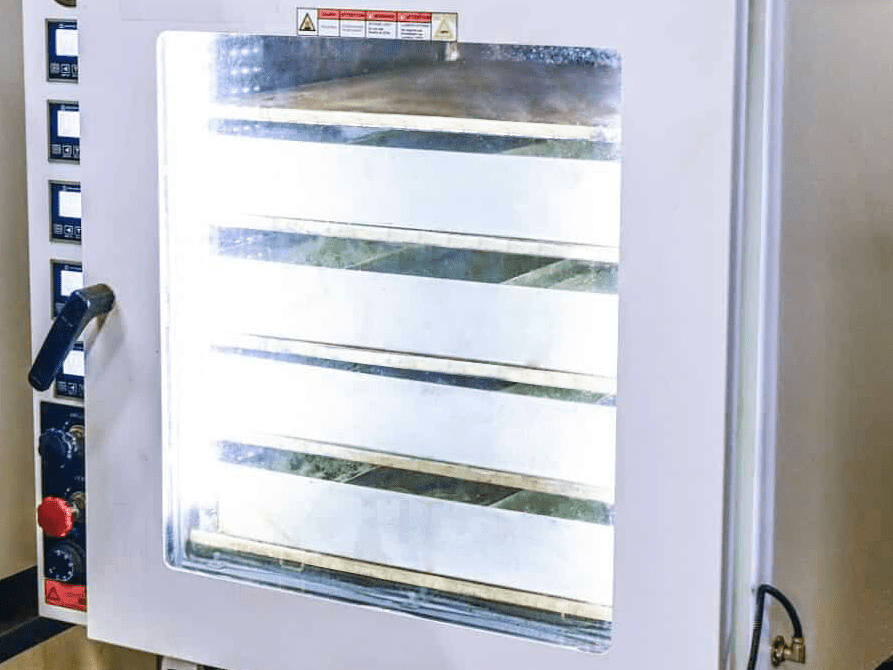
When to Decarboxylate: Before or After Extraction?
Before Extraction:
Decarbing before cannabis extraction is the most common and often the smartest choice. Heating the raw plant material first helps remove moisture, making extraction more efficient. It also makes active cannabinoids easier to dissolve in your chosen solvent (such as CO2), increasing total yield.
Another bonus: if you use a vacuum oven and a cold trap, you can capture terpenes that evaporate during the decarb process. You can then add these valuable terpenes to your final products or sell them separately.
After Extraction:
While it’s possible to decarb after extracting crude oil, this approach isn’t usually recommended. Understanding decarboxylation mechanisms can inform better extraction protocols and improve product consistency. Doing it afterward can preserve some of the original plant compounds in your crude oil, but you lose the chance to capture high-quality terpenes early.
Plus, without pre-extraction decarbing, your overall yield might be lower. The only time decarbing after extraction might make sense is if you want to keep some cannabinoids in their acidic form for specialized products.
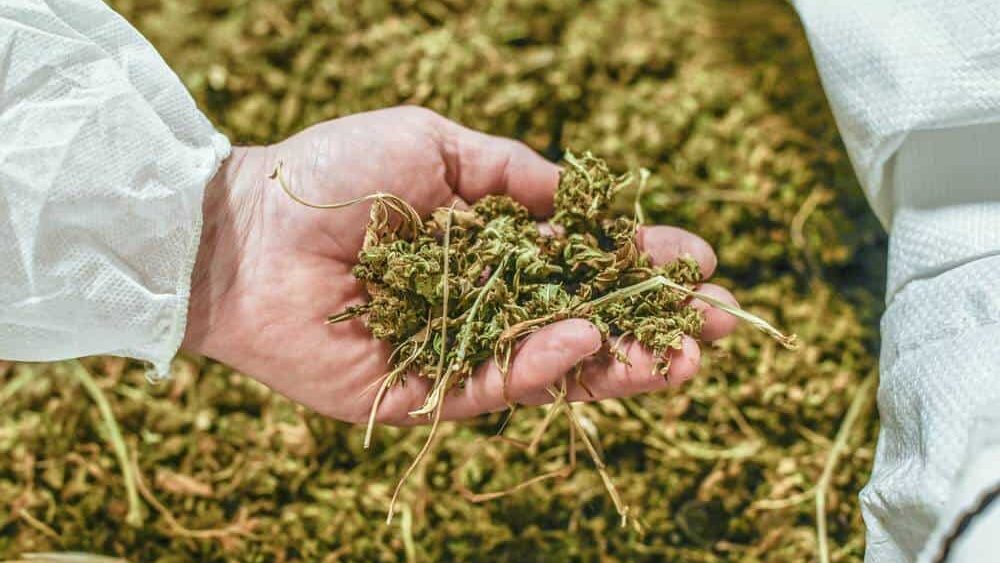
Real-World Case Studies and Examples
Scientific studies and industry tests show that controlling time, temperature, and vacuum pressure can improve results. Research on THC conversion helps producers find the “sweet spot” where maximum potency is achieved without damaging other compounds.
Decarboxylation is a chemical reaction that involves the removal of a carboxyl group and the release of carbon dioxide (CO2). Some industrial experiments show that using a vacuum oven before extraction can increase efficiency and preserve more terpenes than traditional methods. Beyond hemp and cannabis, “decarboxylation” appears in other fields, too.
Decarboxylation reactions transform amino acids into amines in amino acid metabolism, playing a crucial role in biochemical pathways. In general chemistry, removing a carboxyl group from molecules simplifies compounds and improves their usefulness in creating different products. These broader examples reinforce how vital and versatile the process is.
How to Decarboxylate Cannabis
Understanding how to decarboxylate cannabis can help you unlock the potential of your cannabis. This process is essential for activating psychoactive compounds like THC, which are responsible for producing the desired effects. By converting raw plant acids like THCA into active THC, you can achieve stronger effects and more flavorful results.
Preparation and Tools
Before you begin, break the larger buds of the cannabis plant into smaller pieces. You don’t need to grind finely—just enough for even heating. A baking sheet, parchment paper, and an oven are often sufficient for basic setups.
Consider a mason jar or specialized decarboxylation if you prefer more control. Commercial producers rely on advanced equipment like vacuum ovens to maintain consistent temperatures and preserve delicate terpenes, something companies like extraktLAB excel at.
Methods for Decarbing Weed
Oven: Spread cannabis on a lined tray and bake at about 230–250°F for 30–40 minutes. Properly decarboxylating cannabis is crucial for achieving consistent potency and optimal extraction efficiency. This classic method is easy but less precise.
Mason Jar: Seal cannabis in a mason jar and heat it in the oven. This helps trap aromas and reduces odor.
Sous Vide: Seal cannabis in a heat-safe bag and immerse it in a water bath at a controlled temperature. This retains terpenes and provides even heating, though it’s slower.
Decarboxylator: A specialized machine takes the guesswork out of the process, ensuring consistent, high-quality results every time.
Common Questions and Issues
Reducing Smell: The mason jar or sous vide methods contain odors better than open-air baking.
Skipping Decarboxylation: If you skip the process, your cannabis won’t reach its full strength, leaving you with weaker effects.
Knowing It’s Done: Properly decarbed cannabis often looks slightly darker and breaks apart easily, with a toasty, aromatic scent.
By following these simple guidelines, you’ll master how to decarb weed for richer flavors, stronger effects, and more satisfying products.
Temperature and Time Considerations
Temperature and time are crucial factors in the decarboxylation process, directly influencing the effectiveness and quality of the final product. The ideal temperature for decarboxylation typically falls between 220°F (104°C) and 245°F (118°C). However, this range can vary depending on the specific cannabis strain and the desired outcome.
For instance, some strains may require slightly higher or lower temperatures to achieve optimal decarboxylation. Regarding time, the decarboxylation process can take anywhere from 30 minutes to several hours. The duration depends on the temperature used and the desired level of decarboxylation.
Generally, the longer the cannabis is heated, the more complete the decarboxylation reaction will be. However, it’s essential to strike a balance, as overheating can lead to the degradation of valuable cannabinoids and terpenes, negatively impacting the potency and flavor of the final product. To ensure the decarboxylation process is carried out efficiently and effectively, closely monitoring temperature and time is crucial.
Using a temperature-controlled oven or a specialized decarbing device can help maintain a consistent temperature, while a timer ensures that the cannabis is heated for the optimal amount of time. By carefully managing these factors, you can achieve a more precise and effective decarboxylation process, resulting in higher-quality decarboxylated cannabis.
Decarboxylation Without Heating Cannabis?
While time and strong acids can also trigger decarboxylation, these methods aren’t practical for a professional extraction setup. In organic chemistry, decarboxylation can also occur with carboxylic acid under specific conditions. Leaving flower out in the open will eventually convert acids into active cannabinoids, but it’s a slow and uneven process.
Similarly, amino acids can undergo decarboxylation to form other compounds, highlighting the versatility of this process. Using acids would be risky and require extra steps to remove them—something no professional operation wants. In short, controlled heating is the best, safest, and most efficient way to decarb.
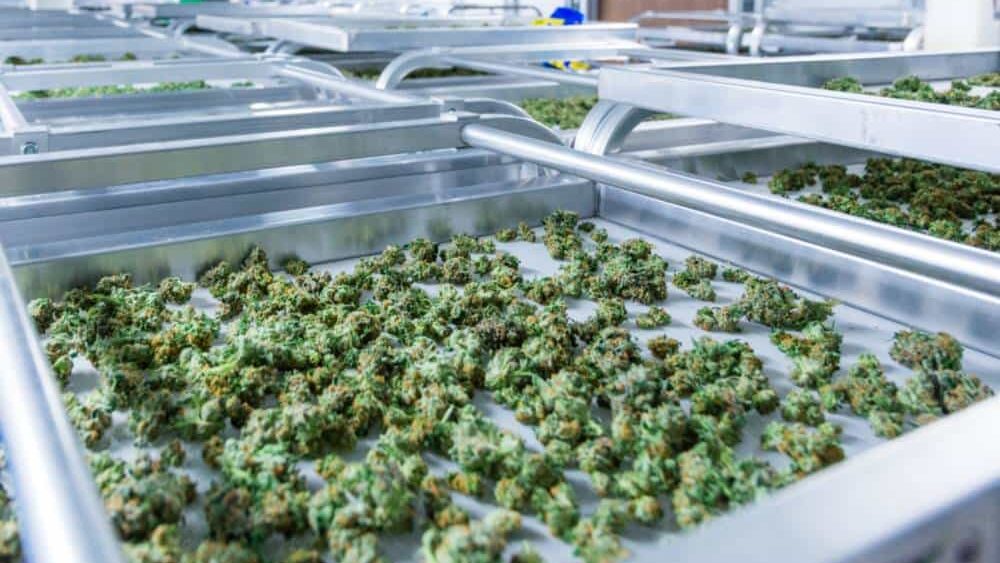
Storing Decarbed Cannabis
Proper storage is essential to maintaining the potency and flavor of decarbed cannabis. Here are some tips to ensure your decarboxylated cannabis remains effective for a longer period:
Store in an Airtight Container: Using an airtight container helps prevent moisture and air from entering, which can degrade cannabinoids and terpenes. Glass jars with tight-sealing lids are a popular choice.
Keep in a Cool, Dark Place: Light and heat can cause cannabinoids and terpenes to degrade. Store your container in a cool, dark place, such as a cupboard or a drawer, to preserve the quality of your cannabis.
Maintain a Consistent Temperature: Aim to keep the storage temperature between 70°F (21°C) and 75°F (24°C). Fluctuations in temperature can accelerate the degradation process.
Monitor Humidity Levels: A relative humidity level below 65% is ideal for storing decarbed cannabis. Too much moisture can lead to mold growth, while too little can dry out the cannabis, affecting its potency and flavor.
Avoid Direct Sunlight and Bright Artificial Light: Exposure to light can degrade cannabinoids and terpenes. Ensure your storage location is shielded from direct sunlight and bright artificial light.
Consider Vacuum-Sealing: For an extra layer of protection, vacuum-sealing your container can help keep out moisture and air, further preserving the potency and flavor of your decarbed cannabis.
By following these storage tips, you can help maintain the quality of your decarboxylated cannabis, ensuring it remains potent and flavorful for an extended period. Proper storage is a simple yet effective way to get the most out of your decarbed cannabis.
Optimize Your Decarboxylation with extraktLAB
Decarboxylation is essential for creating potent, high-quality extracts. With the right tools and techniques, like vacuum ovens and terpene-capturing cold traps, you can improve product quality, boost yields, and stand out in the market.
Contact extraktLAB today to refine your process and deliver exceptional products that customers love.
Contact Us To Get Started Today


